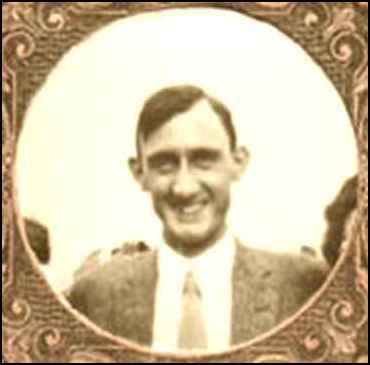
1890-1982 |
 |
Collection of Ron Leverenz, 6-16-09 |
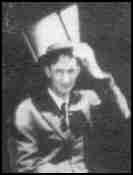 |
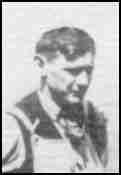 |
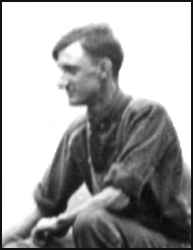 |
From WALDO: Pioneer Aviator |
From WALDO: Pioneer Aviator |
Collection of Roy Nagl |
|
Edsel Ford's Aid Enlisted Scripps Develops Worth-While Project By Wm. E. Scripps The first person of whom I thought in this regard was Mr. Edsel Ford, who at the time was attending the California-Pacific International Exposition at San Diego. Notwithstanding this I called Mr. Ford by long distance and outlined to him at length our desire. He expressed interest in our proposed undertaking and requested that I contact him upon his return to Detroit. This, of course, I did, and found him interested in the idea in connection with the Edison Institute Museum at Dearborn, Michigan. Shortly after my interview with Mr. Ford, I thought it desirable to appoint a committee to facilitate the accomplishment of our purpose. Believing that this committee should be composed of men readily available at all times, I named the following to comprise what I chose to designate the "Museum Committee"; Mr. Frederick A. Hoover as chairman, Major George E. A. Hallett and Mr. Walter Lees. Our organization is fortunate in being able to interest Mr. Ford in this work, and we all should be willing to lend every cooperation possible toward carrying this undertaking through to a successful conclusion. I have taken advantage of the fact that I am myself a newspaper publisher and am seeking the aid of my fellow publishers throughout the country. On February 25 addressed publishers in 117 localities where Early Birds reside, soliciting their assistance in the gathering of this data. Up to this time I have received sixty-seven replies signifying not only their willingness but their desire to aid in this work. On page 2 of this issue of the Chirp is published a questionnaire which is being sent to each publisher who has signified his desire to co-operate with us. I ask that each of you carefully read this questionnaire and acquaint yourself with the manner in which the various questions should be answered so that you may be somewhat prepared, rather than having the questions put to you "cold." Undoubtedly it would be of great assistance to the newspapers and, incidentally, save them considerable expense if you would call the Managing Editor of the paper in your district and make an appointment with its representative. It might even be possible to call at the newspaper office in order to save their sending a representative to see you. Each and every one of you has, no doubt, had some unusual or outstanding experience. It is this information we desire. A great many of our members, and also countless others who possessed qualifications for membership but never became affiliated with our, or any like organization, have "flown West." It will be somewhat difficult to prepare biographies of these men, but it is my purpose to compile as complete a record as possible, so that their names and deeds may not be forgotten. June, 1936 |
 |
From WALDO: Pioneer Aviator |
|
June, 1936 |
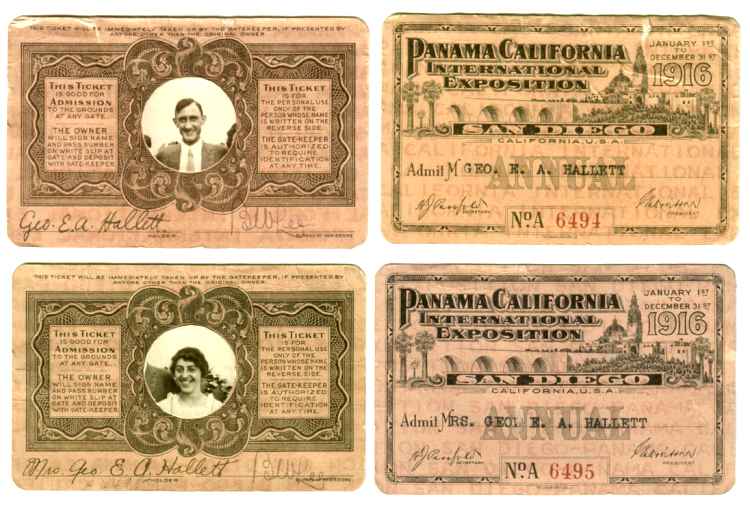 |
Collection of Ron Leverenz, 6-16-09 |
|
|
 |
Photo and text courtesy of Roy Nagl Editor's Note: This beautiful photograph is only one among many which are available on Roy's website, "Ancient Seaplanes." You will be well rewarded by visiting the site and viewing the many other outstanding entries. You may notice that it is only one of the very many which Roy has graciously shared with us and which have so greatly enriched this website over the years. |
|
"The Felixstowe F series flying boats were a joint British and American development during the First World War. The British Felixstowe F-5, and the American-built version, the Felixstowe F-5-L, were the final and best of the series produced during the war. The F-5-L was operational in the last months of the war, but made its principal contribution after the war, and continued in U.S. Navy service until 1928." You will find a brief mention of George Hallett within a fascinating story of the development of the "America." You can access the page by clicking on the title above. |
|
|
|
|
 |
A Personal History of American Aviation |
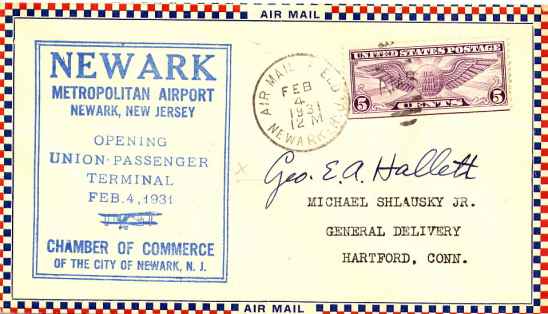 |
|
|
|
He died in 1982 Birthdate courtesy of Joe Gertler Date of death from The Early Birds of Aviation CHIRP November 1961, Number 67 |


|